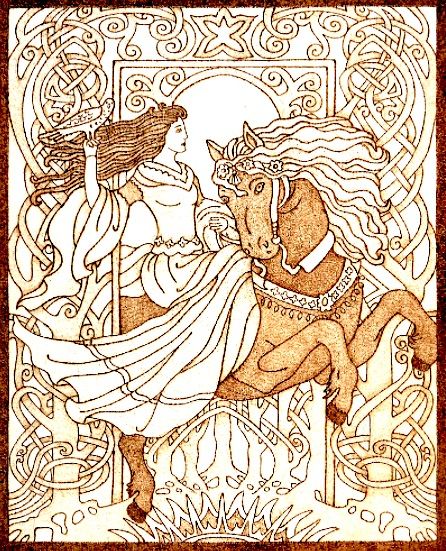Irish Bardic Poetry

The bards of the Celtic world, once known as filid, had a special way of memorizing the thousands of stories and poems they were required to learn to become masters. There was an ancient meter, one predating the use of rhyme and alliteration, that all prose was taught in. It was used for the legal contracts and rhetoric often found in the sagas. The meter is shown below, and it remained a favorite well into the eighteenth century.
\ _ \ _ \ _ _
In Part 1 of Irish Bardic Poetry I listed the old rules for rhyme (comhardadh), as laid down by the ancient bards. I also gave my source for this information, and you can find the original article here https://steemit.com/writing/@eveder/irish-bardic-poetry.
In this Part 2 I'll give the short rules for assonance. In the dan direach, the bardic metrical system, assonance is called amus, and it plays a smaller role than the rest of the elements.
Amus
Assonance only concerns the stressed vowels of a word, with no regard to consonants or syllabic length of the word.
For example, a monosyllable may assonate with a word containing two or more syllables, as long as the amount of stressed vowels match.
In the next segment I will cover the more lengthy rules for consonance, or uaithne in Irish. I hope my little series on Irish Bardic Poetry is providing inspiration, or at the very least some interesting history. If you have comments or questions feel free to leave them below.
Eveder
Like the Japanese, the Celts were always quick to take an artistic hint;
they avoid the obvious and the commonplace;
the half-said thing to them is dearest.
Kuno Meyer
Ancient Irish Poetry
Image: epona 01 by yanka arts and crafts
Congratulations @eveder! You received a personal award!
You can view your badges on your Steem Board and compare to others on the Steem Ranking
Do not miss the last post from @steemitboard:
Vote for @Steemitboard as a witness to get one more award and increased upvotes!